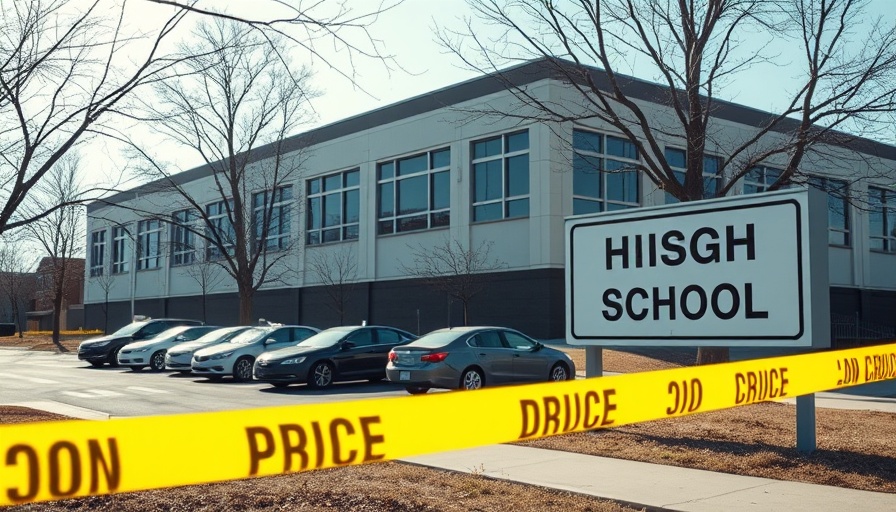
Understanding Proactive Policing: A Shift in Strategy
Proactive policing marks a significant evolution in law enforcement's approach to crime prevention by prioritizing community engagement and strategic presence over traditional reactive measures. Defined by the U.S. National Institute of Justice, this strategy focuses on addressing potential criminal activity before it occurs, aiming to implement preventive measures that engage with communities and address root causes of crime. Techniques associated with proactive policing include hot spots policing, problem-oriented policing, and focused deterrence, thereby fostering an environment where crime is mitigated before it escalates.
The Challenges of Proactive Policing: Balancing Effectiveness and Trust
However, the movement towards proactive policing isn't without its complications. Among these challenges are the difficulties in quantifying its effectiveness, particularly where crime remains unreported, and ensuring that community trust aligns with legal rights. The complexity of compliance with the Fourth Amendment creates tension; rulings allowing for looser search standards in high-crime areas raise concerns about fairness and potential overreach, complicating the promise of equitable policing. While some scholars advocate for focused geographical strategies that can provide sound legal foundations, community impact remains inadequately studied.
The Role of Technology in Enhancing Community Safety
Modern policing strategies increasingly rely on technology to enhance effectiveness and community relations. Automated programs that deliver crime analysis enable law enforcement agencies to optimize personnel deployment and make informed, data-driven decisions. The integration of crime data and intelligent deployment planning can lead to transformational improvements in officer productivity and community satisfaction. For instance, a study from the International Association of Chiefs of Police (IACP) asserts that data-driven strategies can reduce violent crime significantly, demonstrating the potential of technology in fostering safer neighborhoods.
Community Engagement: Building Trust Through Transparency
Trust between law enforcement and the community is a cornerstone of effective policing. The National Academies of Sciences report indicates that community responses to proactive policing strategies have remained neutral or slightly positive, underlining the importance of transparency and communication in policing. Civic engagement, which involves community input in policing strategies, not only fosters trust but can also help tailor responses to specific community needs. This establishment of reciprocity is crucial for the long-term sustainability of proactive measures.
Looking Ahead: Future Trends in Policing
As proactive policing continues to gain traction, police departments must consider the socio-legal implications of their strategies, including their impact on marginalized communities. Recommendations for police reforms include evaluating police practices through the lenses of effectiveness and equity. Emphasizing the importance of training programs that focus on cultural sensitivity, ethical considerations, and community relations can pave the way for more inclusive policing. Furthermore, innovations in AI and public safety technology present opportunities for proactive policing initiatives to evolve and adapt, ensuring that they remain relevant and effective in tackling modern crime issues.
Key Takeaways for Effective Proactive Policing
To successfully implement proactive policing strategies, departments should prioritize: 1) continuous evaluation of community impacts through data-informed feedback loops, 2) enhanced training programs focused on transparency and community relationships, and 3) investment in cutting-edge law enforcement technologies that streamline operations while respecting civil rights. By tackling the challenges head-on and upholding ethical practices, law enforcement agencies can strengthen their ties to the communities they serve and ultimately achieve greater public safety.
Ultimately, the future of policing must rest on the partnership between law enforcement and community members, where mutual trust and understanding lead to a safer society for all. As proactive policing strategies continue to develop, departments should adapt proactively to changing community needs and values, ensuring that public safety remains a collaborative endeavor.
 Add Row
Add Row  Add
Add 

 Add Element
Add Element 


Write A Comment